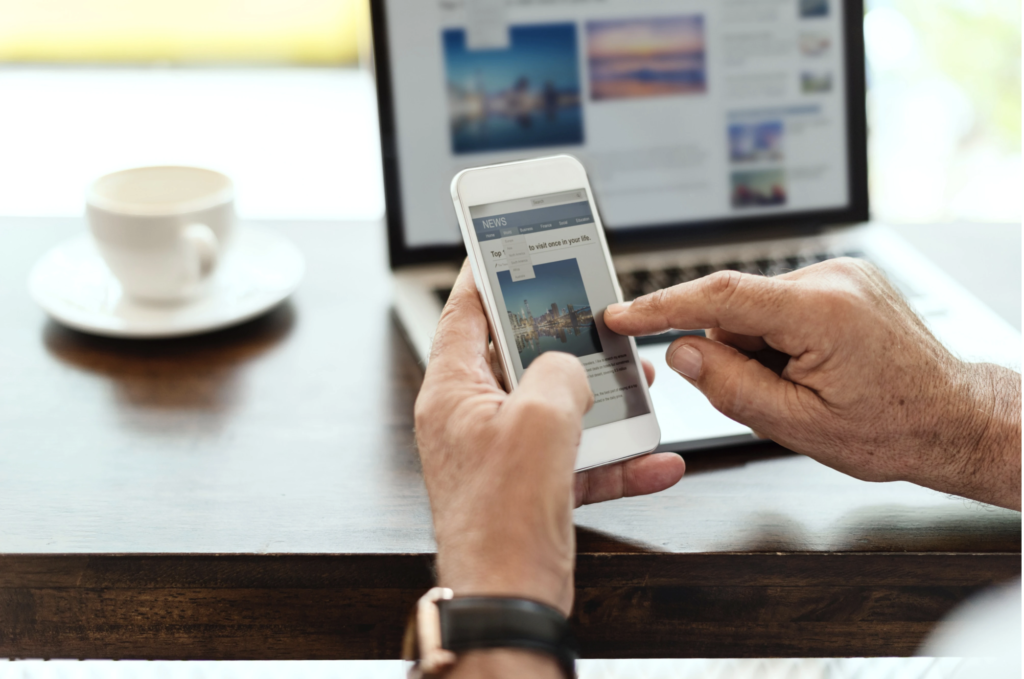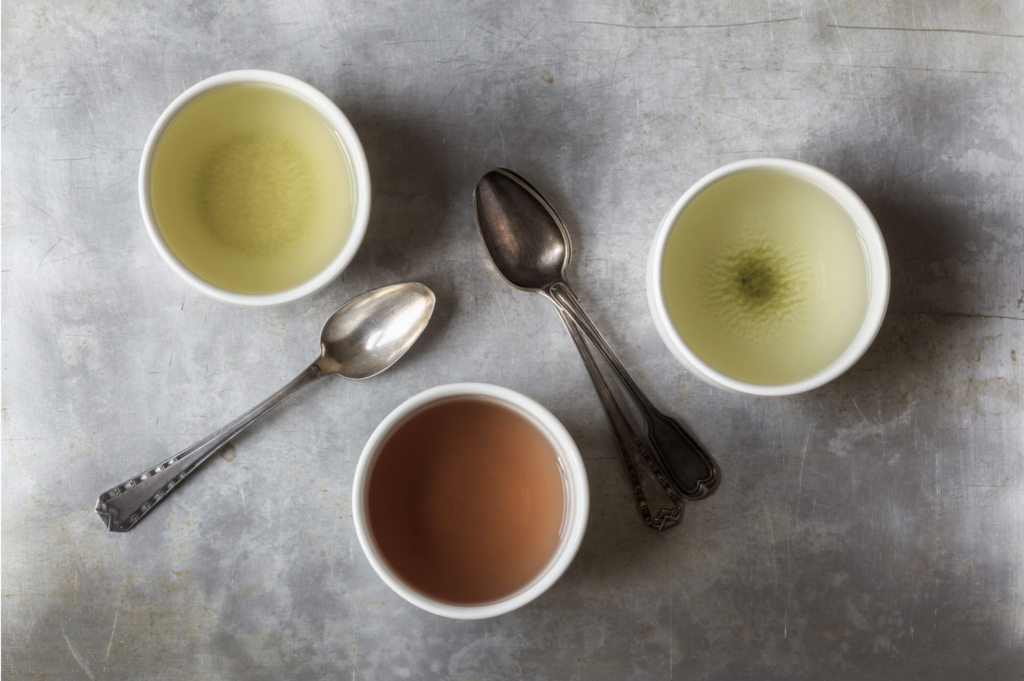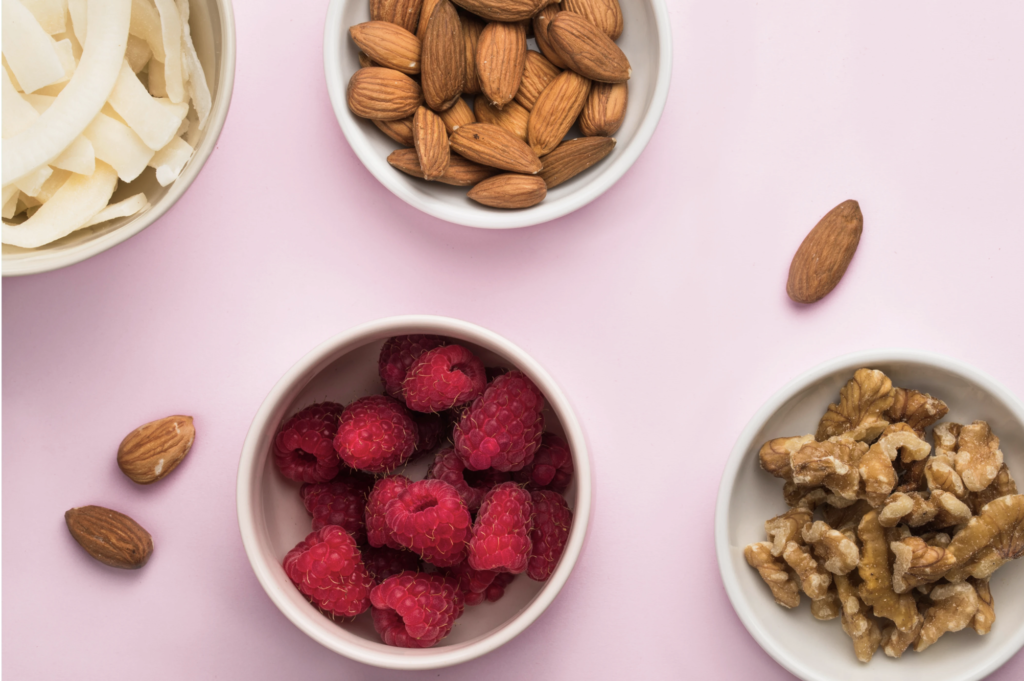
One of the best side effects of working on the farm this summer, besides the fresh produce, great friends, and getting to spend my whole day outside in the sunshine, was the ability to fall asleep and stay asleep like an angelic little baby for the first time in my adult memory. For as long as I can remember, tossing and turning was my only consistent nighttime routine. I used to be afraid of bedtime when I was little because I knew it meant a long night of staring at my ceiling in frustration of what was ahead of me. It wasn’t until grad school that I ever heard of the term “sleep hygiene.” Sleep hygiene is basically establishing a healthy bedtime routine that is conducive to falling and staying asleep. Here are some of my favorite tips and tricks for maintaining healthy sleep hygiene:
Less Screen Time and More Dream Time.

According to a Harvard health study, artificial light at night may throw off our circadian rhythms, leading to a lack of sleep.1 However, not all light waves are the same. While it may lead to alertness and increased concentration during the day, blue light is especially harmful at night, when your brain is hardwired to start to relax. Blue light also has the ability to suppress your body’s melatonin production, making it even harder to slip off into dreamland. Unfortunately, as a byproduct of living in the 21st century with screens and LED lights dominating many of our waking and working hours, daily exposure to blue light is almost guaranteed. This is why it’s so important to establish daily routines. As a personal rule, I avoid screens (phones, TVs, tablets, etc.) starting at least one hour before bedtime. I also keep my phone on “night mode” all day, which is limits blue light emissions.
So what to do for at least an hour before bedtime? I read a book. For me though, it has to be a certain type of book. It can’t be a self-help book or a book where I’m really trying to glean some practical information that I need for my business. My bedtime book has to be low-key, but still interesting; a book that I can casually read with interest, but also allow my brain to disengage. It may have taken me 2 months to read Love In the Time of Cholera, but I did it, AND I got quality sleep.
Falling Asleep:

When I’m going through a phase of not being able to sleep well I’ll usually rely on either hot herbal tea or a warm magnesium drink as part of my nighttime routine. Magnesium has been proven to help insomnia patients fall and stay asleep by supporting healthy GABA levels. GABA is a neurotransmitter that promotes sleep through relaxation and mood stabilization. As far as tea goes, I love Traditional Medicinals Nighty Night tea (especially with added valerian root). I drink it about an hour before I go to bed as part of my bedtime ritual, rather than right at bedtime. All those bathroom breaks can really get in the way of falling asleep if I drink it too close to when I’m trying to be in bed.
Depending on the type and amount of stimulation my brain gets throughout the day, sometimes it’s difficult to quiet my mind. I often need the added help of a source of white noise. For me, it’s a small fan I turn on every night as I get ready for bed. On particularly difficult sleep nights I’ll end up using either sleep-aid podcasts, like Sleep With Me Podcast (I swear, I’ve fallen asleep before the end of every episode I’ve ever listened to), or a free music mix on YouTube that was created just for sleeping. My favorite YouTube mixes actually use theta and delta waves to make music out of binaural beats. I’ll simply type “theta wave music for sleep” in the YouTube search bar and click on the link with the longest music time.
For more information on binaural beats check out:
https://www.medicalnewstoday.com/articles/320019.php#how-do-binaural-beats-work
Lavender pills have also become a mainstay in my sleep time routine. I take one lavender pill about an hour before bed, and I can usually drift off to sleep with relative ease. If I’m going through a particularly stressful time, like moving or flying, I’ll take another pill if I’m feeling overly anxious. Studies show lavender pills may serve as a safe replacement for benzodiazepines.2
Staying Asleep:

As a survival mechanism, your body starts releasing increased levels of cortisol from about 3 am until around 9 am. This was designed to help supply the nomadic human groups with enough energy to get up and find food in the morning after a long rest. However, this has proved more harmful as we’ve transitioned into mostly sedentary lifestyles with plenty of food sources all around us. This is basically because low glucose levels trigger a cortisol release (which is why snacking on high-carb food items before bed may actually negatively impact sleep patterns). Higher levels of carbohydrates trigger a more dramatic rise and fall in glucose levels. When glucose levels fall, cortisol is released and your sleep is disturbed. To counteract this effect, I’ve found it really helpful to snack on a spoonful of peanut butter (make sure it doesn’t
have any sugar added!) or a handful of nuts about an hour before bed. The high-fat content of the nuts helps regulate cortisol levels and helps your body slowly wake up after its fully rested.
As with any health concern, sleep patterns and habits are highly individualized. These are just a few tips and tricks that I found to be helpful. But really, there are so many more things we could discuss.
Works Cited
